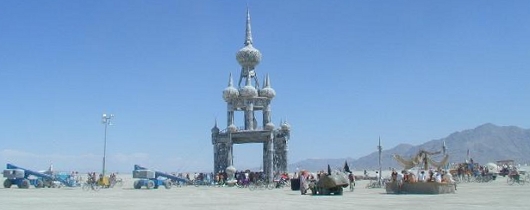The Inefficiencies of the PC Revolution by Mark Stone
Previous: A Historical Perspective
In the early days of computing, compute resources were centralized in main frame computers where they could then be parcelled out on demand, but only to those with access to the main frame. This restricted computing to the likes of big business, the military, research labs, and transportation management systems like air traffic control.
The PC Revolution of the 80s changed everything by distributing most the world's computing resources out to the desktop. The problem? Even if a thousand desktop PCs had the computing power of a small mainframe, they had no way to pool that power into a sharable resource. As the 90s dawned, we had a terrible inefficiency: most computers sat idle most of the time.
The Internet Revolution of the 90s created the potential to change that by networking all of those computers together. That technical change was incredibly enabling, but the change in business mindset was slow to follow. At the end of the 90s corporations were still committed to owning all their own computers, often owning their own data centers in which to house them, and locking down those resources for their own exclusive use. So by 2000, despite a globally networked world, it was still true that most computers sat idle most of the time.


